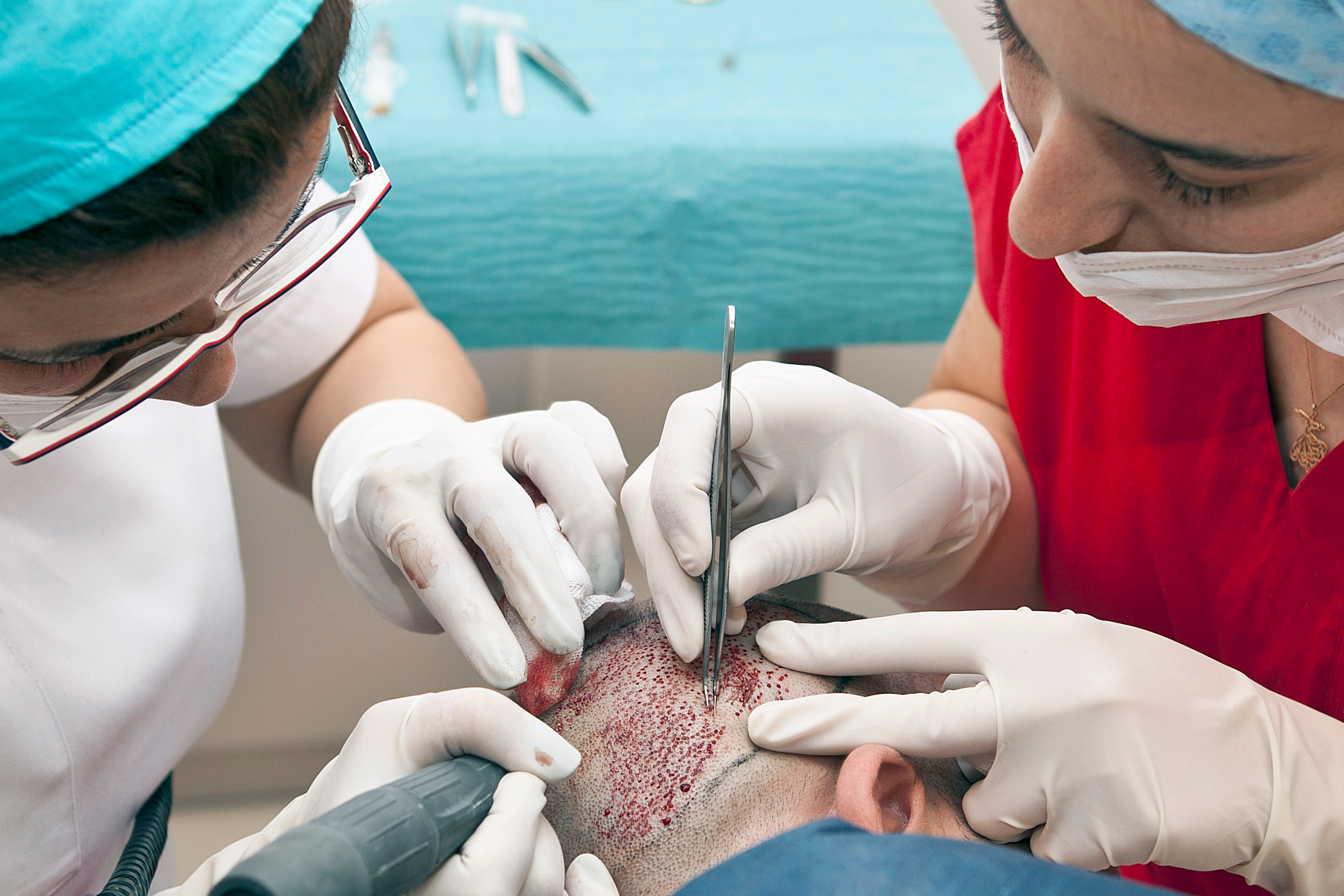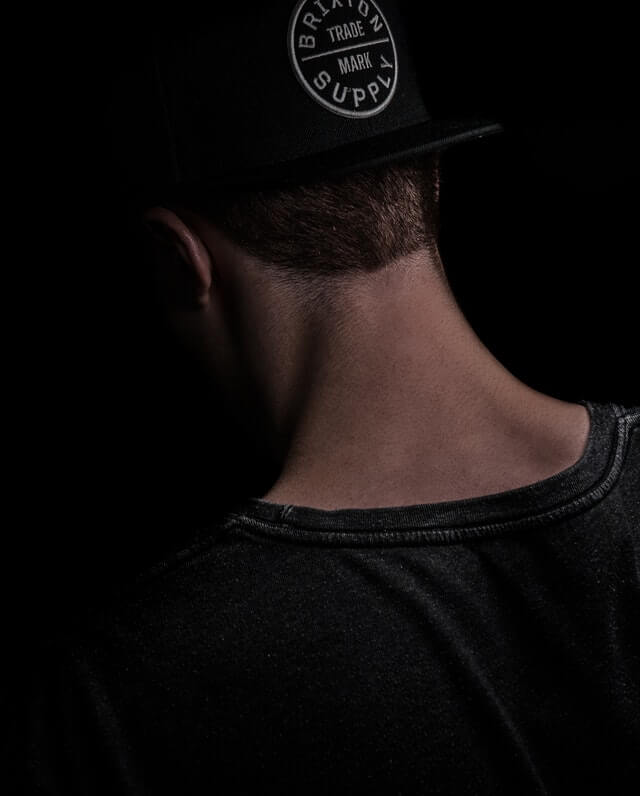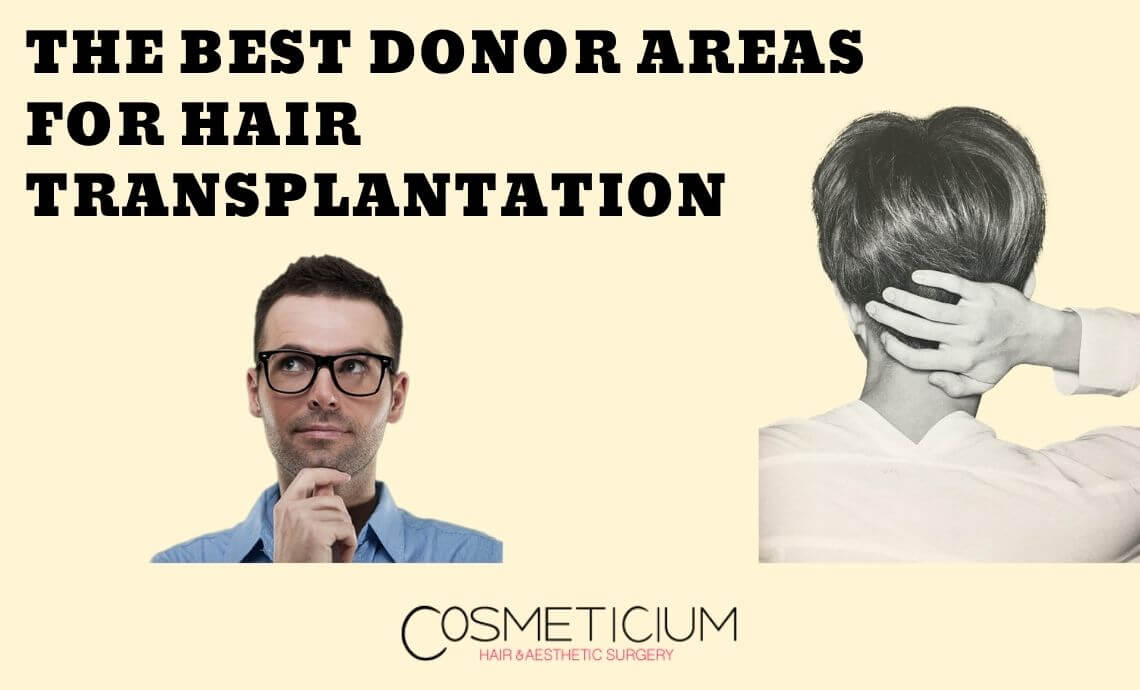Hair transplantation can be explained as the transfer of grafts taken from the donor area to the balding area. One of the most important factors in this process is the donor area. The healthier and better-quality grafts taken from the relevant area are, the higher the success of the procedure will be. If there are not enough grafts in the areas mentioned, it will be necessary to use lower quality grafts (such as chest, leg hair) for hair transplantation.
What is the donor area in hair transplantation? How should the density and properties of the donor area be? All the details are in our article.
Table of Contents
What is the Donor Area in Hair Transplantation?
Donor is one of the commonly used terms in medicine. The medical meaning of this term, which literally means “donor”, is the region or person that donates tissue, blood and organs. The donor area in hair transplantation is the area where the healthy grafts to be transplanted to the balding area are taken.
In hair transplantation, the donor area is mostly in the neck. If there are not enough grafts in the neck; the chin, shoulder, chest and leg areas are considered as donor areas and grafts are taken here. However, it should not be forgotten that the area where the grafts are used on the scalp may differ depending on the characteristics of the area.

In the hair transplantation process, it will be seen that the experts give priority to the nape area. The grafts taken from here have the same features as normal hair and meet the expectations from hair transplantation at the highest level. However, the properties of the grafts taken from the body are different according to the hair, both in terms of thickness and lengthening time. Therefore, collecting the grafts from the body is not a matter of concern unless it is necessary.
As can be seen, the nape area is preferred first for the donor area in hair transplantation. If there are not enough grafts here, it comes to the fore to take grafts from the chin, chest and shoulders, respectively.
- Grafts taken from the chin area are resistant to shedding and generally resemble hair.
- The features of those taken from the chest and shoulder area are different.
Therefore, these grafts are often interspersed with others to increase density. In addition, they are not used alone in the front areas.
You May Also Like: Frequently Asked Questions About Beard Transplantation
The Most Important Criteria When Determining Donor Areas
The choice of donor area in hair transplantation directly affects the success of the procedure. Therefore, the width of this area, the density of the hair and the hair structure are taken into consideration. Selection should be made by considering the thickness of the grafts, having hair follicles and other features. Here, 2 basic criteria are used for this:
1. Density
The number of grafts per a certain area (cm2) in the donor area density and the number of hair follicles in a certain area (cm2) are examined. The higher the density here, the higher the quality of the relevant region.
2. Thickness
The thick hair in the donor area is one of the factors that affects the success of the procedure in a positive way. The thicker hair strands provide the desired density with fewer grafts, and the success of the procedure increases as the hair is stronger.
In general, the donor area is determined by considering these 2 basic criteria mentioned above.
How Dense Should Donor Areas Be?
Hair density can be expressed as the amount of hair in a certain area (cm2). This is accepted as an important criterion in the selection of donor area in hair transplantation. Hair density in individuals with adult and healthy hair is between 250-300. This measurement is made with the help of a device called densitomer.

The main factor in measuring hair density is the number of hair follicles. So the main thing here is not fullness. It is extremely important not to confuse these two.
You May Also Like: How Many Hair Transplantation Grafts Do You Need?
The Best Donor Areas for Beard and Hair Transplantation
The choice of donor area in beard and hair transplantation is very important in terms of the result of the procedure. Therefore, the experts act carefully when choosing them. These areas may not have similar characteristics in everyone, but overall the best donor sites can be listed as follows: (They are listed according to their level of improtance!)
- It is the region starting from the nape root to the upper part of the head. It can also be directly expressed as the nape area. The grafts here are resistant to shedding. Therefore, it is the first preferred area.
- The beard area is the next choice. The most important advantage of beards is that they grow thick and under the effect of DHT. It is more voluminous than hair and thus it has high coverage. However, it is not suitable for use on the front hairline.
- Chest and abdominal hair is the next option. Although they are thin, they can be preferred for increasing density.
- The last option is extremities such as arms and legs. However, the unpredictable growth of the hair here may be an important problem. It is therefore considered to be the last option.
- When it comes to hair transplantation in women, grafts are only taken from the scalp. Other regions are not used.
RESULT
This is how important the donor area is in hair transplantation. Well, is your donor area sufficient? Would you like to learn this in a simple way? You can get answers to your questions quickly by sending just a few photos to our experts. You can fill out the online consultation form here.

